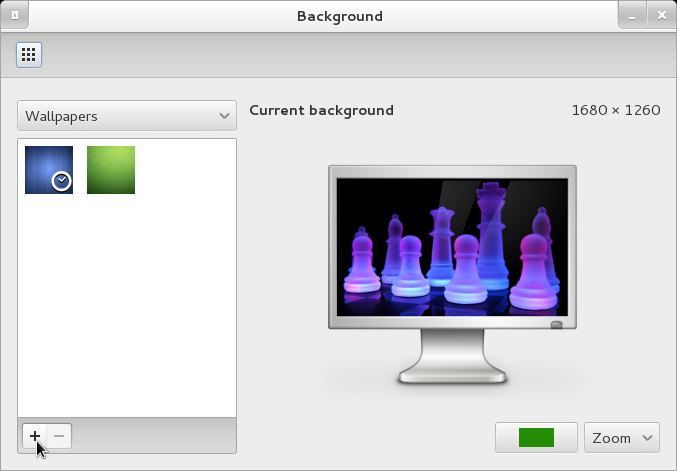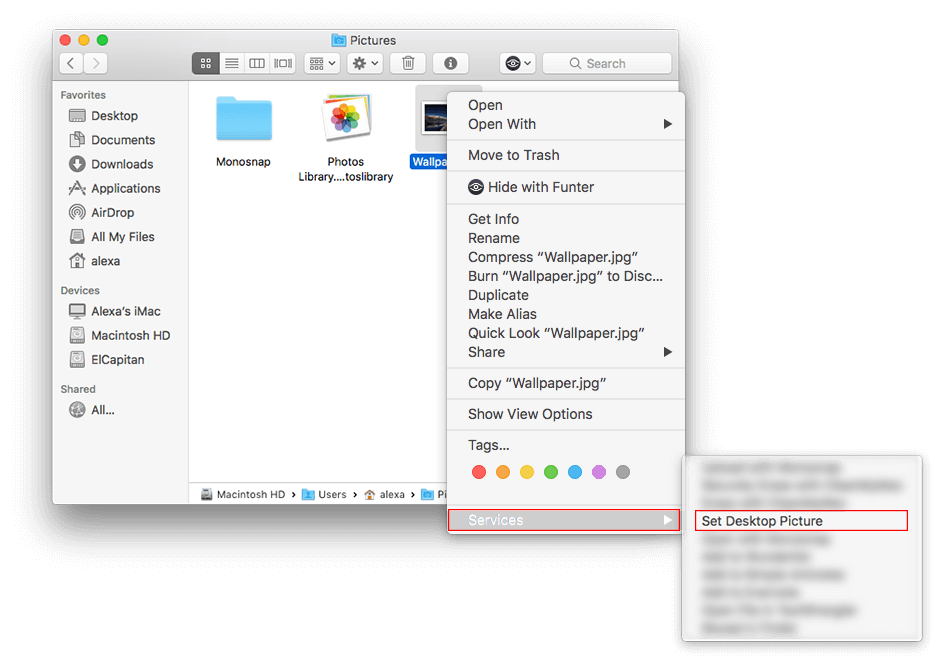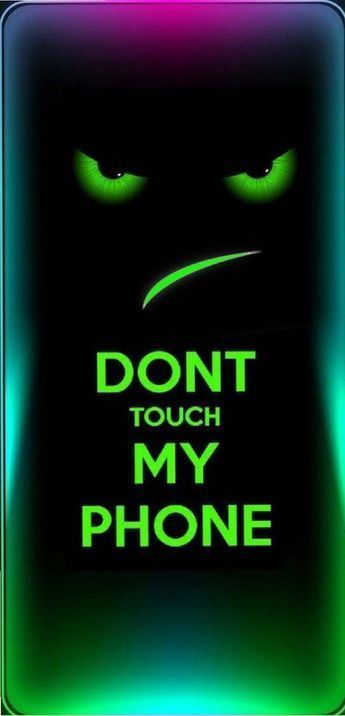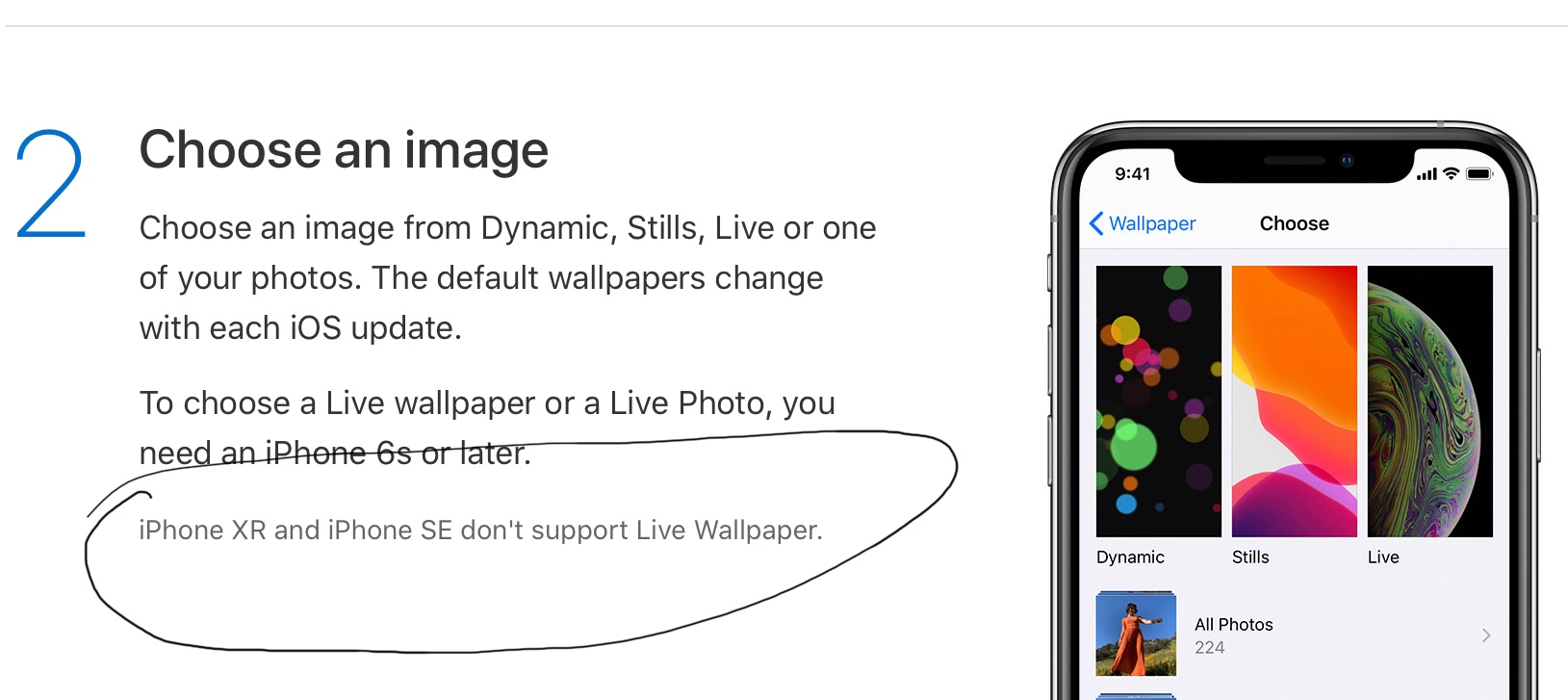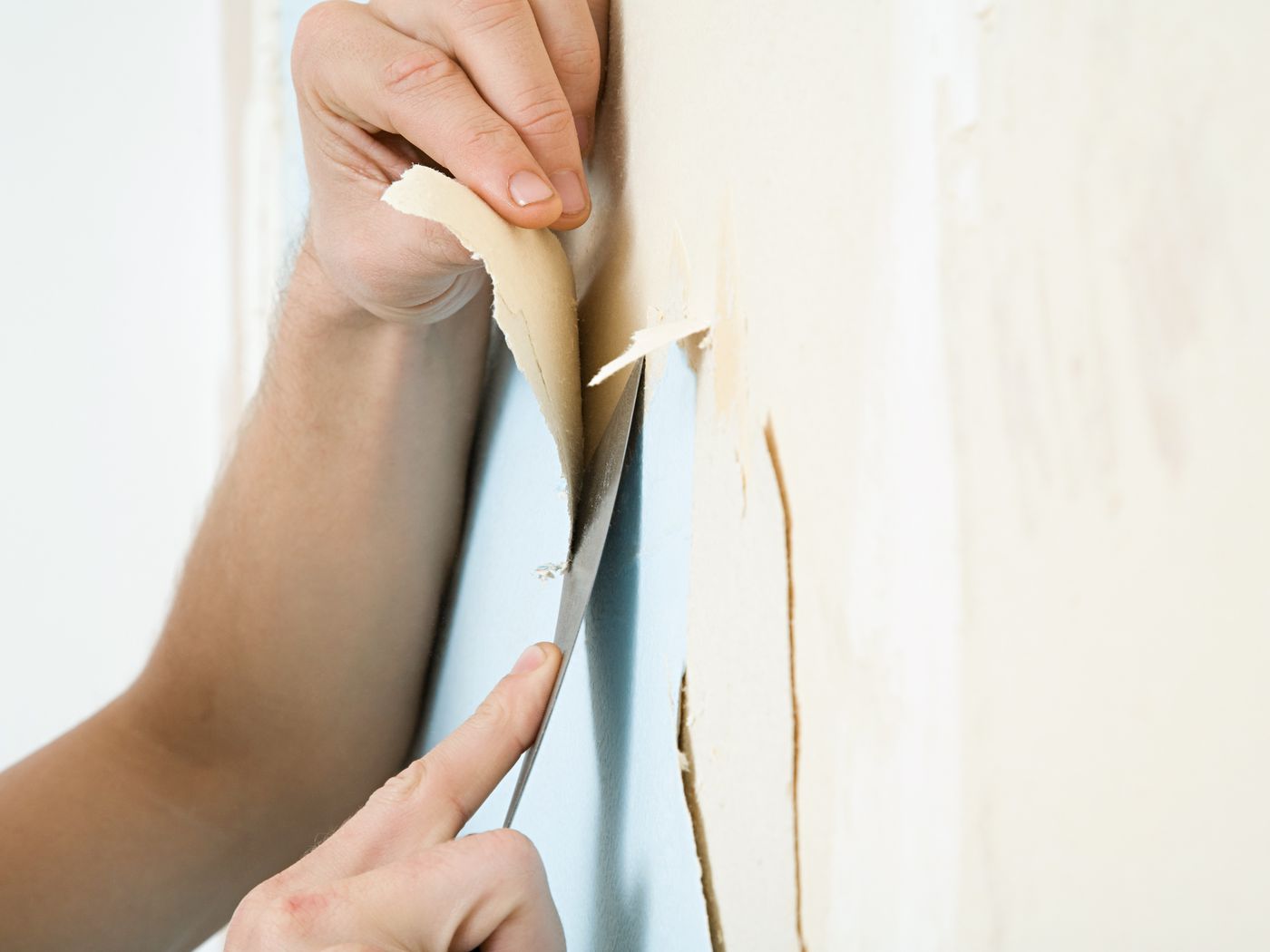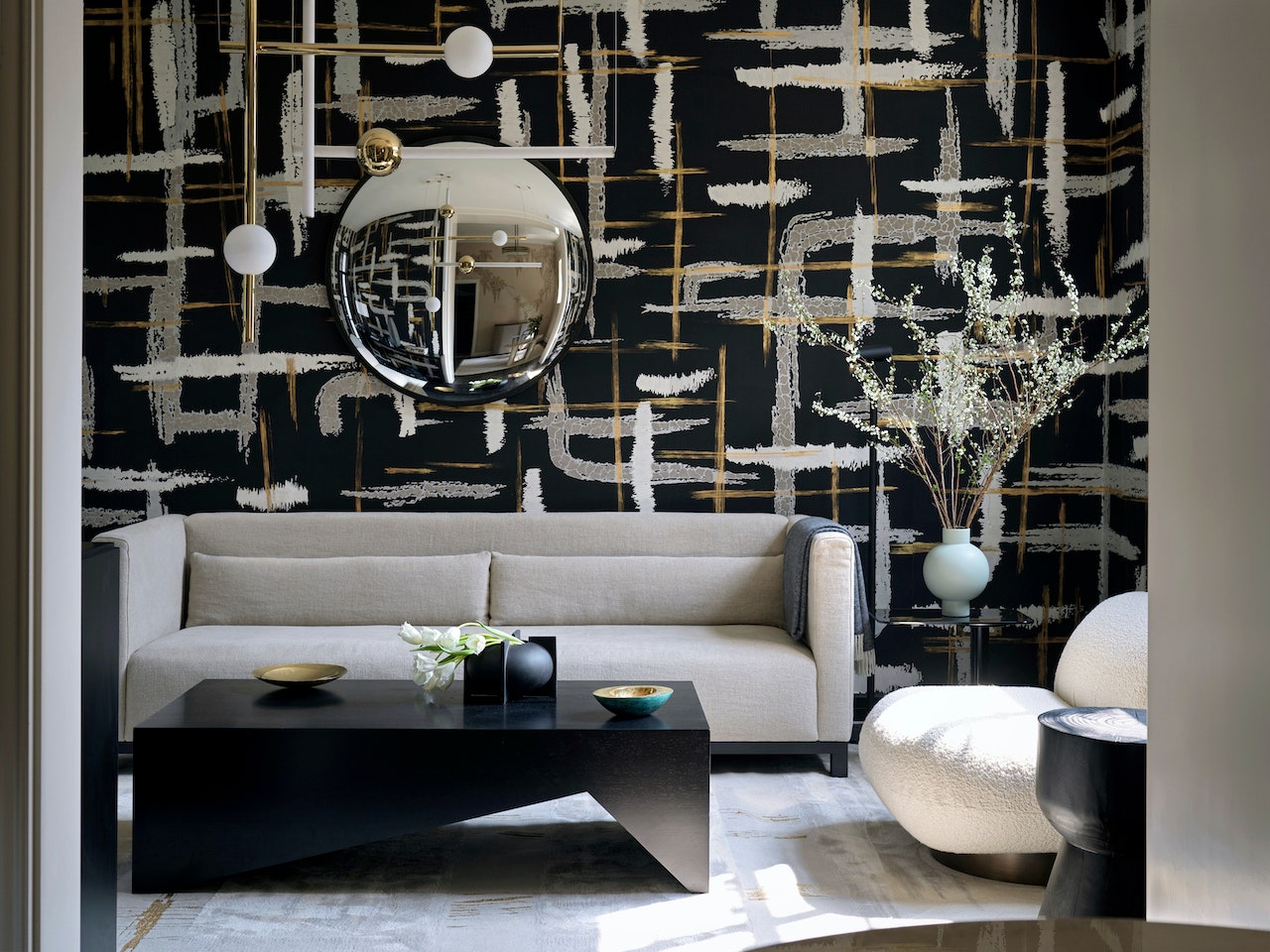Can You Paint Over Wallpaper?
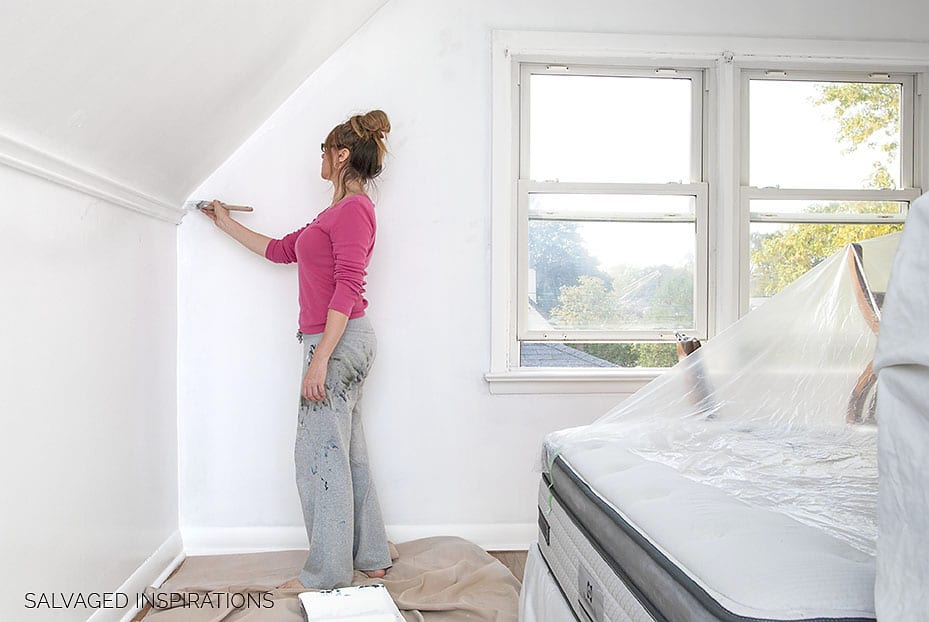
If you have a scuffed wall, you might be wondering: Can you paint over wallpaper? Luckily, you can! There are many advantages of painting over wallpaper, including it being easier, cleaner, and hiding imperfections. Read on to learn about these benefits! Jacqueline Gibson is a copywriter and content strategist with extensive experience writing for top-rated blogs and websites. She has ghostwritten hundreds of projects for clients including ServPro of North Irving, Cool Today, and The Art of Home Improvement.
Painting over wallpaper is better than removing it
If you’re thinking about redecorating your room and want to save time and money, you may want to consider painting over the existing wallpaper. It’s a good idea to remove long edges and any air bubbles beneath the wallpaper before you begin painting over it. However, this option can also look bad, so proper preparation is essential. Below are some tips for painting over wallpaper. Read on to find out why you should paint over it rather than remove it.
Removing wallpaper is a long, messy process, and can double the time it takes to paint a room. Also, it’s important to consider whether painting over wallpaper is best for your room. The glue may have deteriorated enough to prevent it from adhering well to the wall again. In addition, moisture from paint can loosen the adhesive and cause bubbles, so it’s best to avoid painting over wallpaper.
It is easier
If you’re thinking about painting over wallpaper, it is better to do proper prep before painting. First, remove loose or damaged portions with a damp rag. Also, apply clear caulk around the perimeter of the walls, including the seam where the paper meets the floor and ceiling. This seals the edges and prevents the paint from peeling or flaking. After this, you can paint over the wallpaper. Remember to follow the instructions on the package, including wearing protective gear.
Using a wallpaper steamer can help you take off the wallpaper if it’s damaged. It’s also helpful to remove any air bubbles beneath the wallpaper. The more preparation you do before painting over wallpaper, the better your finished product will look. Whether you’re painting a bedroom, bathroom, or any other room, remember that the more time you spend on prep will ensure a flawless paint job.
It is cleaner
While some people would prefer to paint over wallpaper, it’s not always possible. The reason is simple: some wallpapers are applied in rows, so the seams will show through the paint. Similarly, some wallpapers have different textures. The paint will not cover these textures or colors. Therefore, you must carefully consider the type of wallpaper before you decide to paint over it. If you’re removing the wallpaper, you should choose a color that will be cleaner than the old one.
Alternatively, you can also choose to paint over wallpaper. However, if you’re a beginner, you should take precautions before you start painting. First, make sure the room is well-prepared. Repair any loose or missing wallpaper. Next, prepare the walls with TSP. For this, you must dilute it well. Add half a cup of TSP per two gallons of water. Then, follow the manufacturer’s instructions and use appropriate tools. Nevertheless, paint over wallpaper can be a cost-effective option.
It hides imperfections
It may sound like a good idea to remove the wallpaper before painting over it, but that will only make the problem worse. It is actually a good idea to paint over wallpaper when the walls are damaged. This way, you can hide imperfections while still maintaining the look of your room. Follow these instructions to paint over wallpaper safely. Always read the paint can’s instructions before applying the paint. Afterward, store any leftover paint in a cool, dry place.
Before painting over a wall with a wallpaper, you should make sure that there are no visible seams. Otherwise, paint will not hide the seams. If you find seams, use an X-ACTO knife to cut back about a quarter-inch of paper on either side of the seam. You can also use drywall mud, also known as spackle, to fill in these areas. However, you must be careful because drywall mud can cause the wallpaper to come off.



